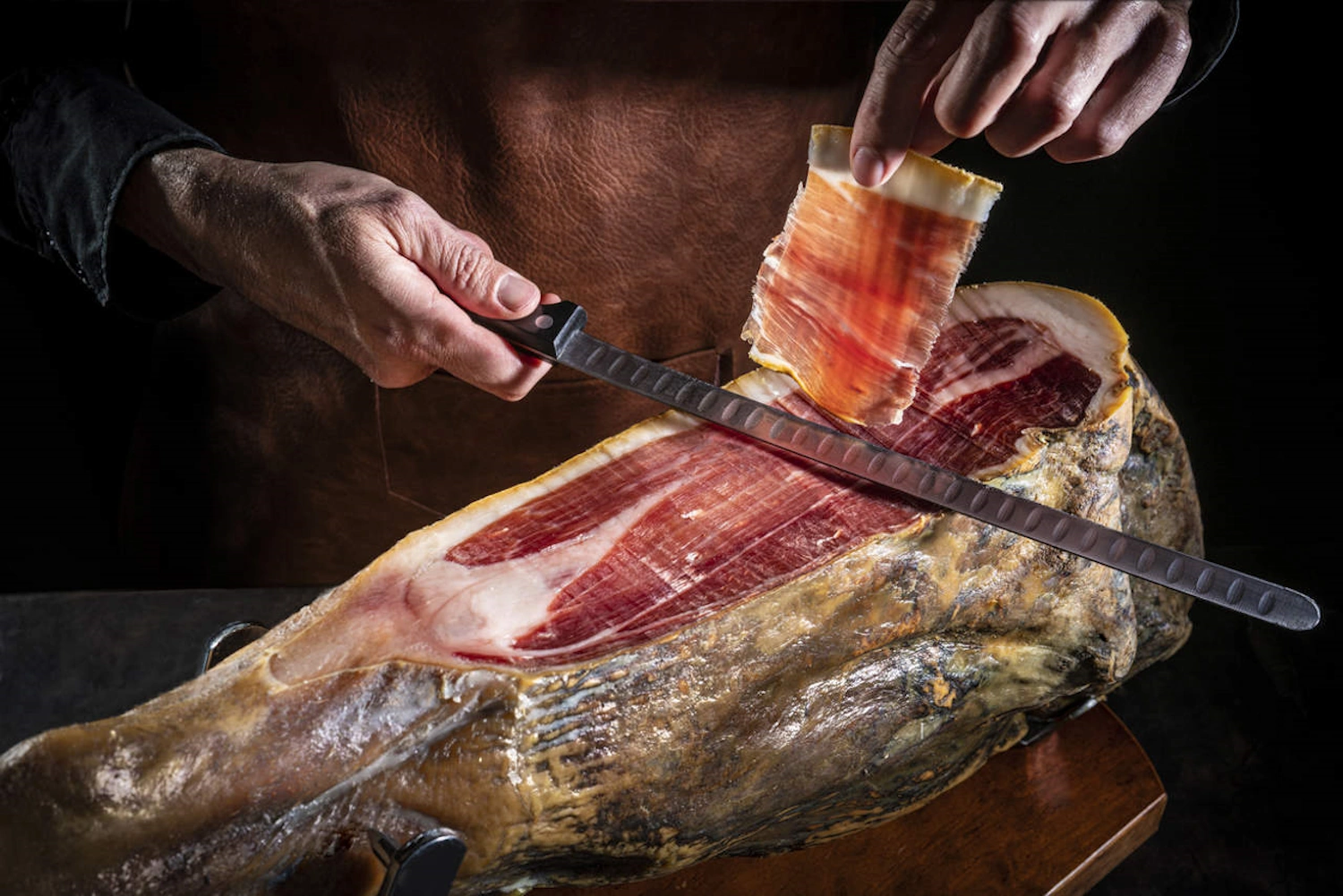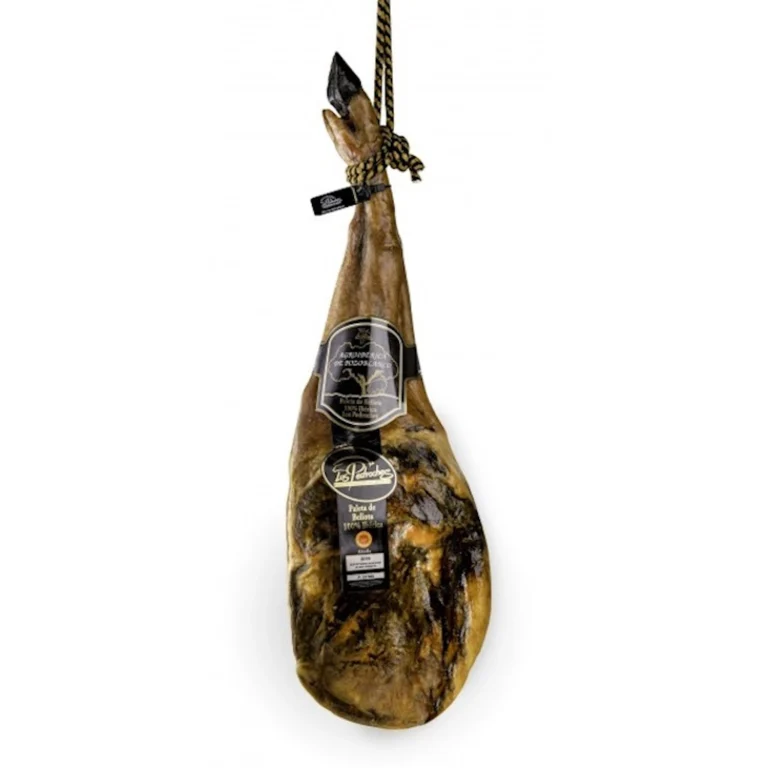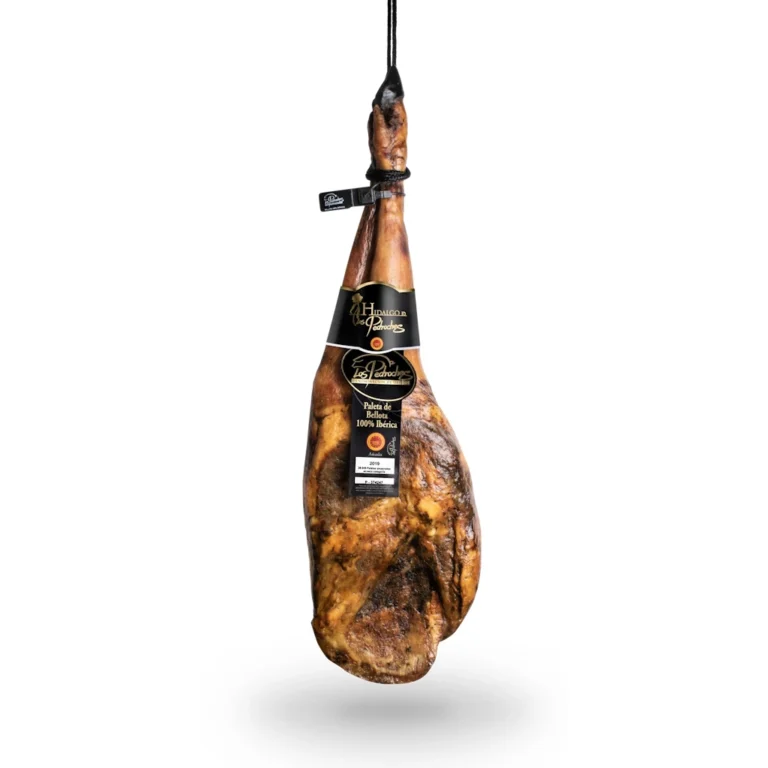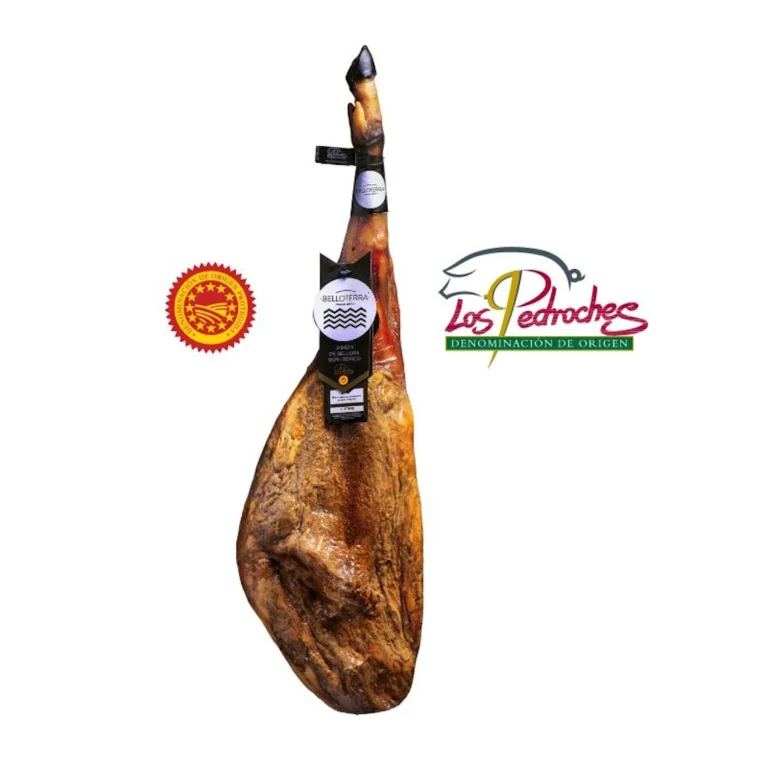What is healthier, Iberian ham or Serrano ham?
- Health
Indice

Iberian Ham vs. Serrano Ham: Discover the Differences and Health Benefits
The eternal question: Which is healthier, Iberian Ham vs. Serrano Ham? Both hams are jewels of Spanish gastronomy, but their differences are notable. Laura García Iruretagoyena, a nutrition expert, reveals the secrets of each, helping us choose the healthiest option.
Origin and Curing Process: Key Differences
The main distinction between “Iberian Ham vs. Serrano Ham” lies in the breed of pig and the quality of the product. The Iberian pig, raised free range, is fed acorns and natural pastures, while the white pig, the origin of Serrano ham, is raised on farms. The dark skin and black hooves are characteristic of the Iberian ham, while the Serrano ham has a lighter, more delicate skin.
The curing process also varies. Serrano ham is cured between 7 and 24 months, while Iberian ham requires 14 to 36 months, and even up to 48 months in some cases, due to its higher fat content. This infiltrated fat, a result of the Iberian pig’s diet, provides juiciness and an intense flavor.
Iberian Ham Classification: A World of Flavors
Iberian ham is classified according to the pig’s diet:
- Bellota: Pigs fed exclusively on acorns during the montanera (free-range pig).
- Cebo de campo: Pigs fed on natural pastures and free-range feed.
- Cebo: Pigs fed on feed on farms.
Flavor, Texture, and Color: A Sensory Experience
At first glance, distinguishing between “Iberian Ham vs. Serrano” can be challenging. However, the color of the meat offers a clue: Serrano ham has a pinkish-reddish hue, while Iberian ham is a deeper red. The texture also differs, with Iberian ham being juicier and having more infiltrated fat.
Aroma and flavor are the key differentiators. Iberian ham offers an intense and complex experience, while Serrano ham is milder and lighter.
Protein and Fat: A Unique Nutritional Profile
The amount of protein, fat, vitamins, and minerals varies depending on the type of ham. In general, both are excellent sources of protein, with a protein content close to 20%. Fat, which ranges between 19% and 22%, is higher in acorn-fed Iberian ham and rich in monounsaturated fatty acids.
Saturated fat is low in both, at 7% in acorn-fed Iberian ham and 9% in Serrano ham. A study by the Polytechnic University of Valencia highlights that a diet rich in unsaturated fatty acids improves the quality of fat in ham.
Which Is Healthier? Expert Opinion
Although Serrano ham is leaner, studies like that of Beatriz Muñoz-Rosique suggest that Iberian ham, especially acorn-fed ham, has a healthier nutritional profile. Its richness in monounsaturated fatty acids, high biological value proteins, and vitamins B and E make it a nutritious choice.
However, it is important to consider the salt content and potential mycotoxins, especially for people with hypertension.
Conclusion: Choose According to Your Preferences and Needs
Both Iberian and Serrano ham are delicious and nutritious. The choice between “Iberian vs. Serrano ham” will depend on your personal preferences and nutritional needs. Acorn-fed Iberian ham, with its intense flavor and complete nutritional profile, is an excellent choice for those seeking a gourmet experience and health benefits. Serrano cheese, lighter and more affordable, is a tasty alternative for everyday consumption.
Nota importante: aceitedelcampo.com promueve el consumo del aceite de oliva virgen extra por sus cualidades culinarias y beneficios para la salud. No obstante, no debe sustituirse ningún medicamento o tratamiento actual sin la orientación de un profesional de la salud.
Productos que te pueden interesar
16,50 € – 320,00 €Price range: 16,50 € through 320,00 €
140,00 € – 156,00 €Price range: 140,00 € through 156,00 €
18,50 € – 470,00 €Price range: 18,50 € through 470,00 €



